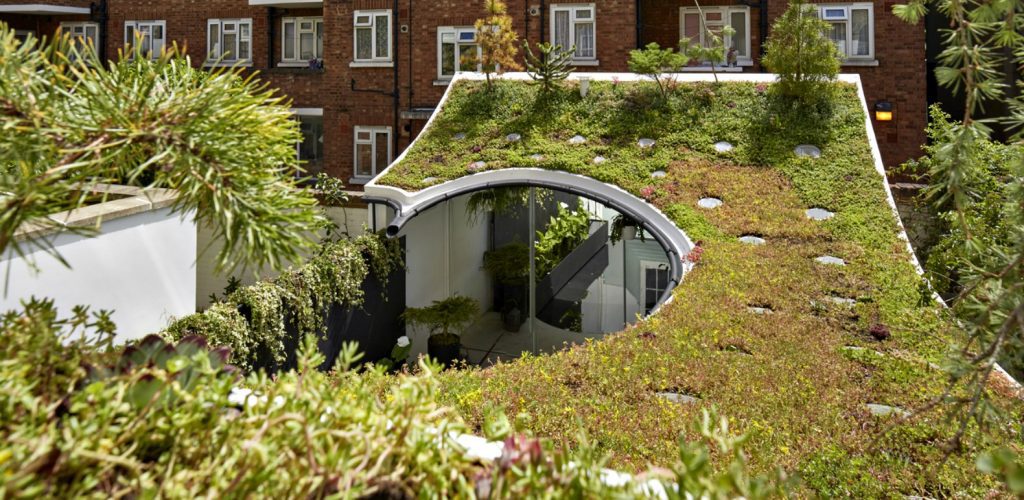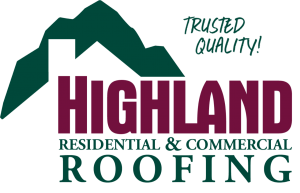
GREEN ROOFS
While Highland Roofing offers a full range of commercial and residential roof systems, green roofing systems are experiencing the greatest surge in popularity in the last few years.
Green roofs can be partially or completely covered with vegetation. This system reduces the heat island effect by absorbing heat. Green Roofs dramatically improve the roof’s insulating values. These systems lengthen the lifespan of the roof, sometimes by as much as two times. This results in savings in heating and cooling costs as well as roof repairs and replacement.
The environmental impact of these buildings and their green roofs has become increasingly important in today’s design and installation. They are giving new value to the role of buildings within urban planning. The design brings back the natural element to the urban environment. Secondly, the design is advantageous in its efforts to provide solutions for important issues, including urban heat, island effects, waste materials, and storm water management.
There are 2 basic categories of green roofs, “Extensive” and “Intensive”.
Green roofs in abundance
They will have shallow (typically 7–10 cm) soils and are the lightest type. They support sedums, moss, herbs, and grass. They can also support other types of vegetation that have low or no maintenance requirements. Providing attractive protection to the waterproof membrane can significantly reduce water run-off. A completed roof needs inspection once or twice per year. Regular fertilization once per year, whether in the fall or early spring, is necessary to ensure proper growth and success. The irrigation system is not needed in many conditions. However, if extremely long periods of dry weather conditions exist, irrigation is necessary. Regular access to the extensive roof is not necessary.
Intensive green roofs
Intensive green roofs have a deeper soil layer (upwards of 15cm ). This type of roof also has a wider variety of plants that can be grown. This includes lawns, ornamental bushes and even semi-mature trees. The type of plants desired determines the depth of soil required, the possible need for an irrigation system, and the level of maintenance. Regular roof access is normally provided. So, this is great for paved areas, walls, and even water features.
